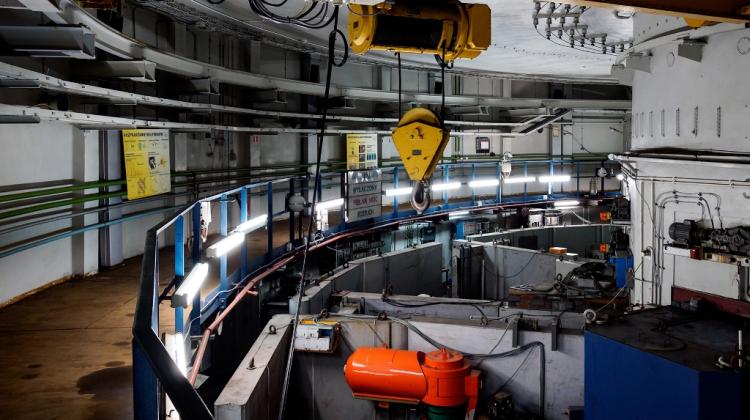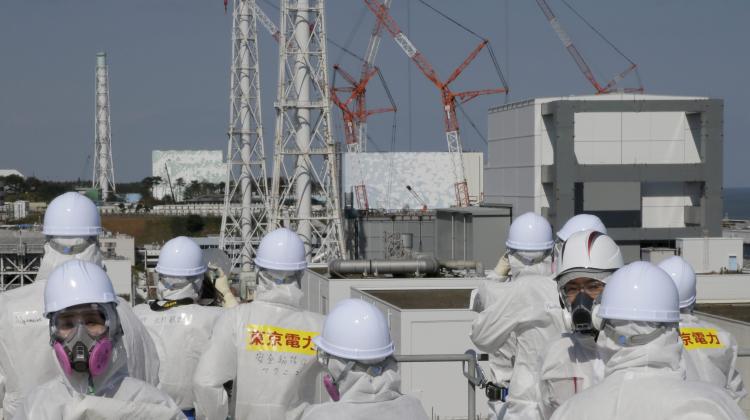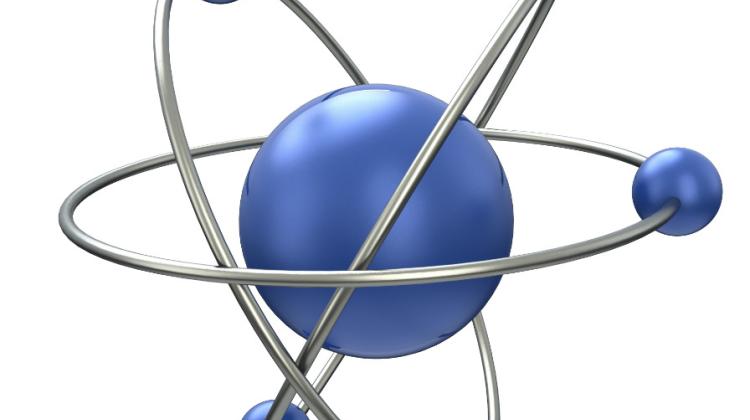Hothead supercomputer

Supercomputer do not need to be cooled with cold water. Excessive heat can be efficiently dissipated with... hot water. Cooling system using this method will be installed in a supercomputer developed in Świerk.
A supply contract worth PLN $ 17 million was signed for the components of the largest Polish supercomputer built in to the project Świerk Computer Centre. Infrastructure will be cooled by the world’s latest system using hot water. With this eco technology, the centre will save up to 0.5 million zlotys per year, reported the representatives of the National Research Centre for Nuclear Studies (NCBJ) in Świerk in a release sent to PAP.
The home computers, processors, which emit a lot of heat during operation, are usually cooled by fans. This cooling method is insufficient for high performance computers, which generate much more heat. According to the NCBJ materials, in such powerful machines heat is usually dissipated through cold water circulating in the system, e.g. with a temperature of 12 °C. When the machine raises the water temperature to 18 degrees C, water is flows from the computer, is cooled, and then returns to the computer.
Cooling water to a temperature lower than ambient temperature, however, consumes a lot of energy. It turns out, however, that cooling the computer does not necessarily mean the same thing as cooling a person - a supercomputer can be cooled even with hot water. This method will be used in Świerk . The water will be discharged from the unit when it reaches 45 degrees C. Before it returns to the computer, it only need to be cooled down to about 35 degrees C. This is cheaper than cooling it to the temperature of 12 degrees.
"The solution we have selected is at the moment the most effective technology on the market - said Prof. Wojciech Wiślicki, head of the Świerk Computer Centre project. - This is due to both the high efficiency of water as a coolant, and the fact that in the case of a system using liquid temperature of approximately 35 °C, is possible to use passive cooling all year long. We expect that, compared to more conventional cooling with cold water, which has to be cooled down with compressors before re-use - we will manage to save about 500 thousand zlotys per year. The advantages offered by this technology are even more clearly visible in comparison with solutions based on air cooling. Compared to those, our system will save up to 80 percent electricity consumed for cooling the infrastructure, not to mention the differences in the degree of complexity of devices and their sizes - he added.
Accorsing to NCBJ representatives, due to significant reduction of energy consumption, solutions based on hot water are the most green cooling systems available on the market. High energy efficiency of the technology means that it is recommended by the European Commission as a target solution to for future large computer centres.
"Hot water cooling is used, among others, in the currently fastest supercomputer in Europe - German SuperMUC. In Poland, this type of solution appeared so far only as a pilot project and on a very limited scale. Without exaggeration it can be said that we are the country pioneers in the industrial use of the hot water based technology" - said the NCBJ director Prof. Grzegorz Wrochna .
Under the agreement signed with the company Bull Polska, Świerk will receive nearly 900 latest generation 10 core processors Intel Xeon E5-2680v2, 57 TB of RAM DDR3-1600 in high density modules (16GB per module), with additional error correction and buffering (ECC -R) and 180 TB of disk space in a 400 GB high performance SSD drives.
The value of the entire Świerk Computer Centre project is nearly 98 million zlotys. Most funds for its implementation come from the European Regional Development Fund.
PAP - Science and Scholarship in Poland
lt/ ula/
tr. RL
Przed dodaniem komentarza prosimy o zapoznanie z Regulaminem forum serwisu Nauka w Polsce.

















